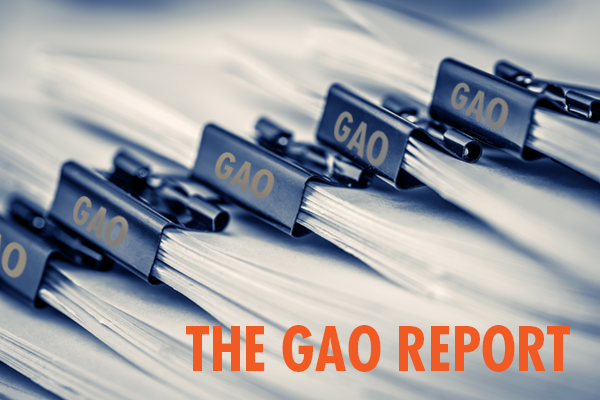
Policy Director
SHARE

Recently, the Government Accountability Office (GAO) published a report on Puerto Rico’s debt. The report’s main findings should not be a surprise to anyone. The GAO finds that Puerto Rico’s fiscal crisis was caused by the government incurring significant annual deficits, especially after 2000, and that it used debt to finance them. It also points out that among the factors contributing to the budget deficits were poor internal controls and financial management practices by the government of Puerto Rico; imprudent public-policy decisions; and the prolonged contraction of the island’s economy.
Nothing new there. A quick look at figures for the public debt and gross national product (GNP) confirms that between 1975 and 2000 the debt/GNP ratio remained relatively stable at about 60%. It is after 2000 that the debt began to increase at rates disproportionate to the growth rate of the island’s GNP. By that time the Center for a New Economy (CNE) and several economists were already warning that this tendency was unsustainable and that at some point we would have to face a day of reckoning. Unfortunately, that day has come.
Shortcomings of the report:
First
However, the report has two fundamental shortcomings. First, it ignores structural factors that contributed to the crisis, among others, Puerto Rico’s colonial relationship with the United States; discrimination against Puerto Rico in the administration of certain programs, especially in the healthcare area; the chronic poverty and inequality of the Puerto Rican society; and the de-industrialization of the economy. Although it is true that Puerto Rico has governance problems, it is also true that the structural environment in which fiscal policy decisions were made was not conducive to the implementation of the best practices. Of course, that is no excuse, nor does it justify the poor financial decisions made by the government of Puerto Rico, but it is undeniable that those structural factors contributed to the crisis, and they should have more prominence in the analysis.
Second
The second shortcoming is that the report deals only superficially with the role of several actors who enabled Puerto Rico’s indebtedness. Let’s begin with the banks that charged fees totaling millions of dollars for advising the issuers, structuring the transactions, and selling the bonds to their clients. As far as I know, no evidence of illegality on the part of the banks has been found, but one must certainly question the professional ethics of the bankers who ignored clear conflicts of interest by playing so many roles in the bond offerings.
We must highlight especially the role of the brokers and financial advisors who sold these bonds to relatively unsophisticated investors who did not understand the risks of the instruments they were buying. At a minimum these advisors were negligent, and some investors have already won arbitration cases against some of them, by advising their clients to invest all their savings in Puerto Rican bonds by exaggeratedly assuring them that (1) their repayment was “guaranteed” and (2) the bonds were tax-exempt.
The report analyzes the effect of the tax exemption on interest payable by the bonds on Puerto Rico’s indebtedness, but it does not analyze how that exemption distorted the perception of the risk associated with these investments. Many investors were led astray by the tax benefits and ignored other important factors at should be taken into account when making investment decisions.
The report also treats with kid gloves the rating agencies , which consistently rated debt issues by Puerto Rico as “investment grade,” apparently without asking many questions. Here, once again, we see the conflict inherent in these companies’ business model since they “work for” the bondholders but their fees are paid by the debt issuer. It was not until Puerto Rico arrived at the edge of the abyss that the rating agencies finally called “junk” what for some time had already been little but wastepaper.
Then there is the cast of secondary characters in this plot that the GAO report ignores. We are talking about the whole complex of lawyers, accountants, bond insurance companies, and advisors who enabled Puerto Rico to become over-indebted by not asking too many questions and looking the other way in exchange for a cut of the “offering costs.” Nor did the market regulator, the Securities and Exchange Commission (SEC), do its due diligence in this disaster.
The bottom line (if I may be forgiven the pun) is that the report correctly points to the Puerto Rican government as the principal culprit in this debacle. But it fails to include important structural factors in its analysis and looks the other way when it comes to the role of the bankers, brokers, financial advisors, rating agencies, lawyers, accountants, bond insurance companies, and the SEC.
It is important to carefully analyze the many factors that brought us to this crisis. It is the least we can do for all those who are going to suffer the effects of the austerity policies—including perhaps premature deaths due to the cuts in their pensions and the government’s health plan—that will be imposed soon.
The original Spanish version of this column was published in El Nuevo Día on May 20th, 2018.
